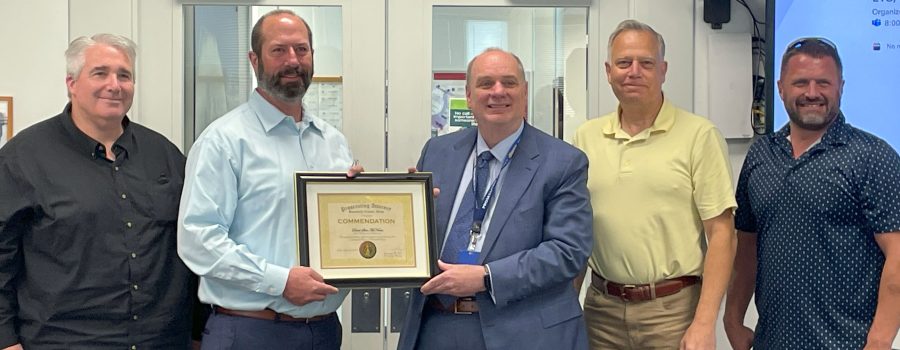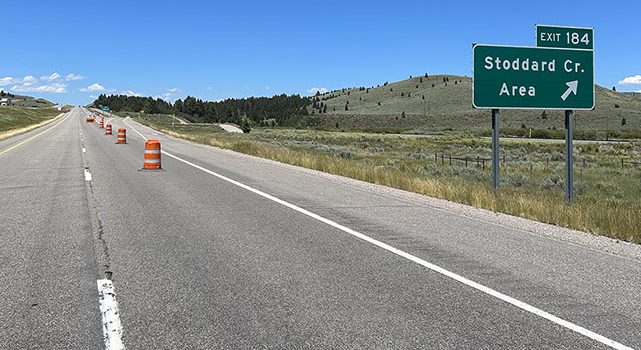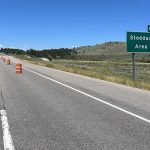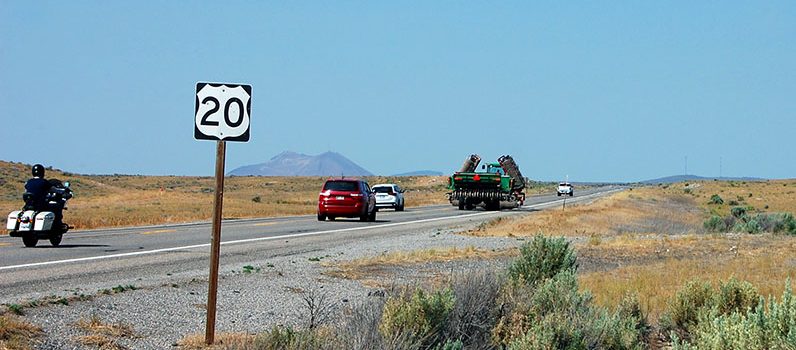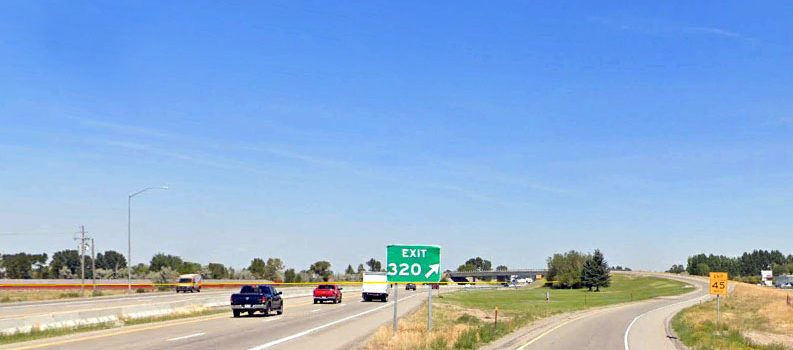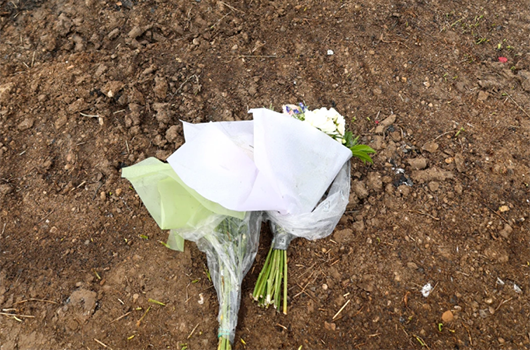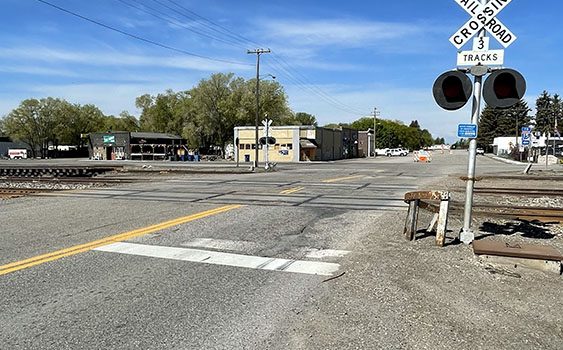Expect lane closures and delays during unique inlaid striping operations on Idaho Falls roads and others
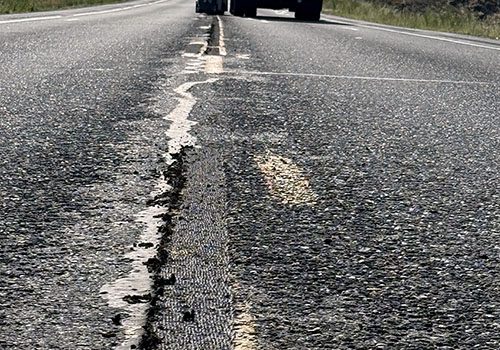
Traffic will be affected as the Idaho Transportation Department and contractor partners conduct inlaid striping operations on State Highway 33, U.S. Highway 20, and Interstate 15 Business Loop over the next two weeks.
Beginning today, lane closures will be in effect where work is currently underway on SH-33 between Sage Junction and Rexburg. Four miles at one time will be reduced to one lane, with flaggers and pilot cars directing traffic through the work area. Motorists should watch for reduced speed, large equipment and signs indicating construction ahead.
Roadways will be worked on in this order, with all operations expected to be completed by August 15:
- SH-33 between Sage Junction and Rexburg, milepost 59 to 78.
- US-20 west of Idaho Falls, milepost 301 to 307, beginning next week.
- I-15 Business Loop in Idaho Falls (Sunnyside Road from I-15 to Yellowstone Road).
- I-15 Business Loop in Idaho Falls (Yellowstone Road from Sunnyside to Broadway).
Operations on SH-33 and US-20 are being conducted during daytime hours. Crews will work through the night on the I-15 Business Loop in Idaho Falls.
A pilot car and flaggers will only be present on SH-33 this week. Traffic will be directed into one lane and continue to move around the work area on US-20 and I-15 Business Loop.
Inlaid striping is relatively unique in Idaho. The operation involves grinding into the pavement very slightly, creating recessed notches that paint is then applied within. This method aims to extend the life and reflectivity of pavement markings.
Updates regarding these efforts and all roadwork in Idaho can always be found on the Idaho 511 app, or at 511.idaho.gov.




